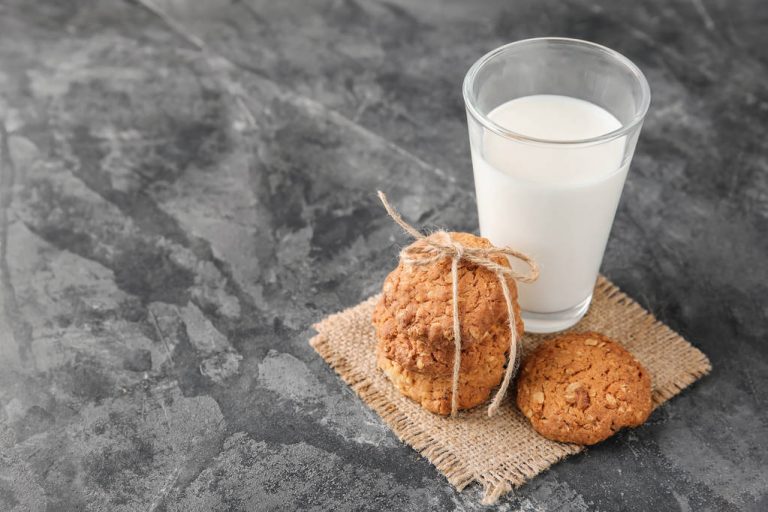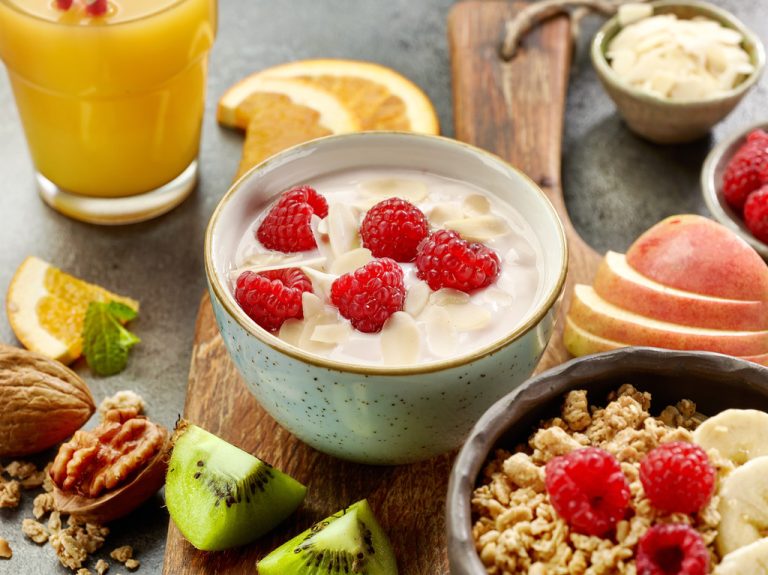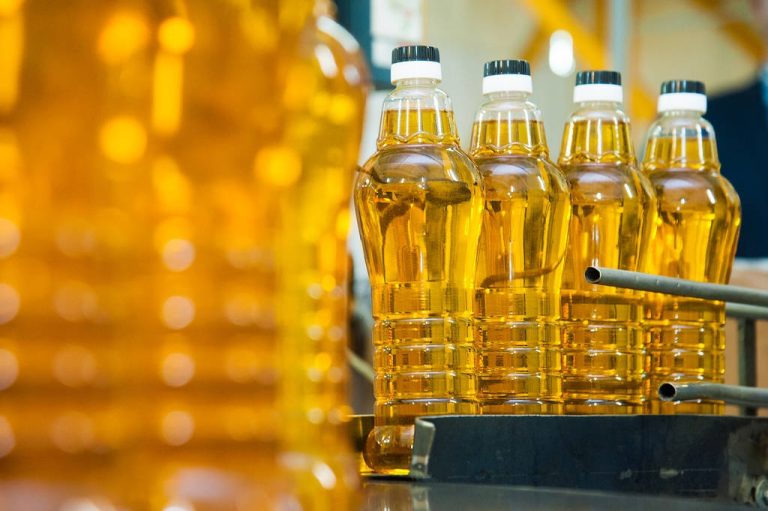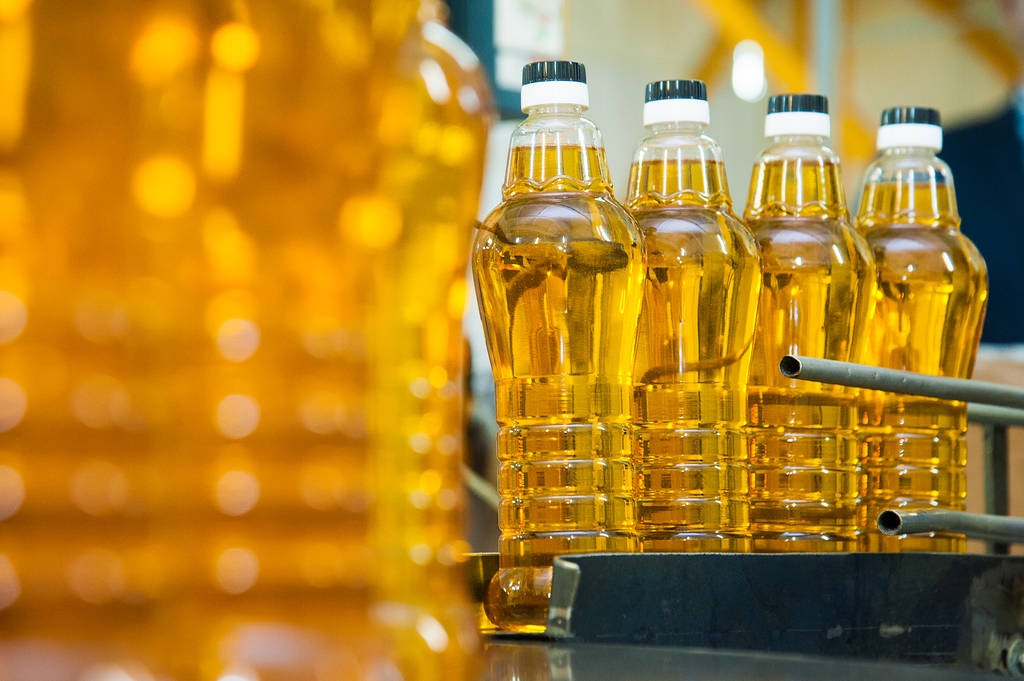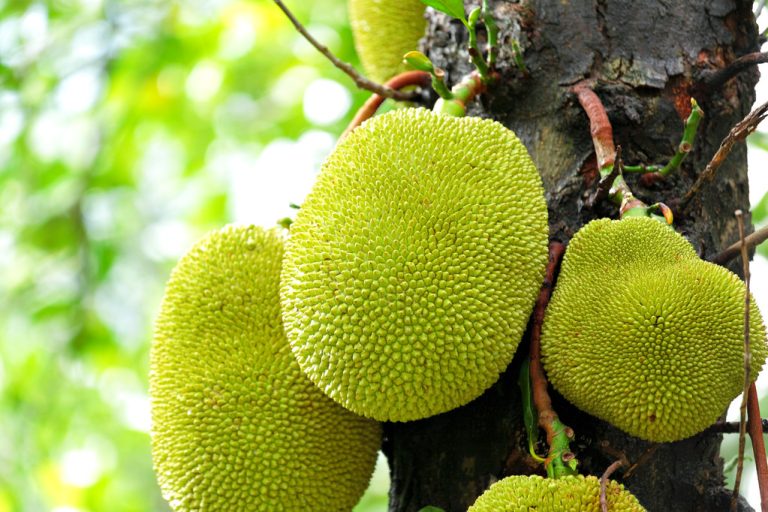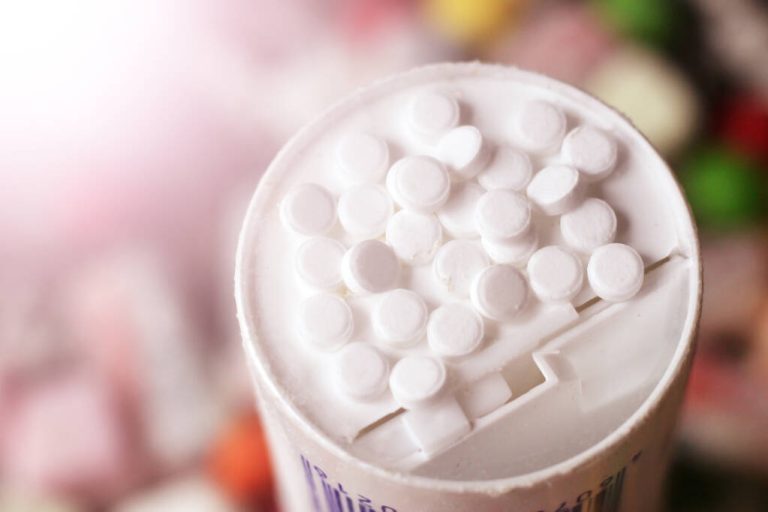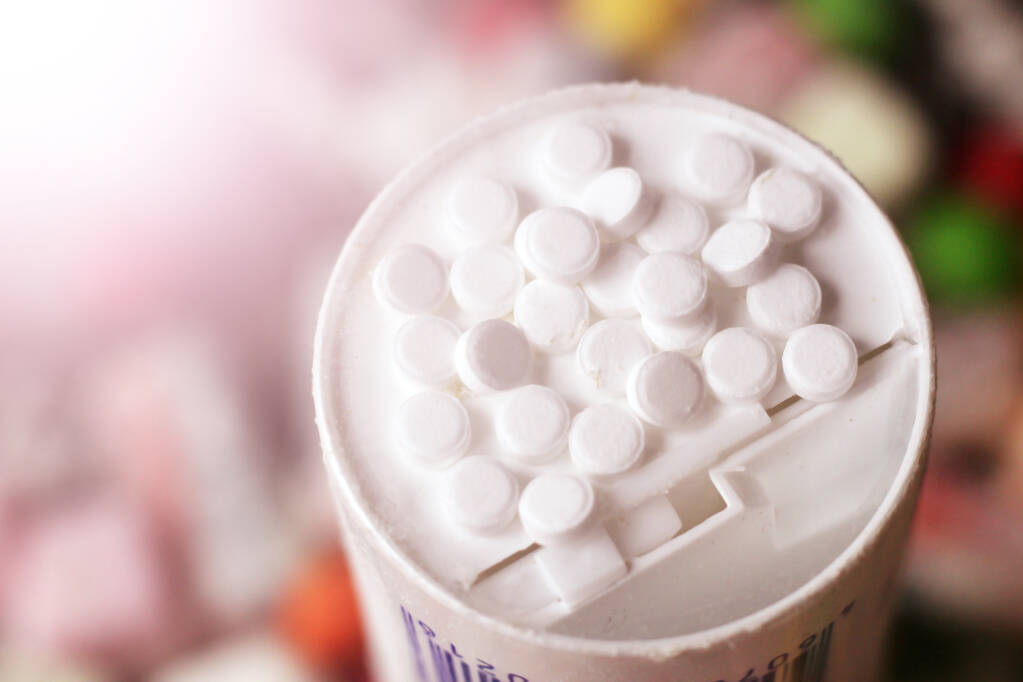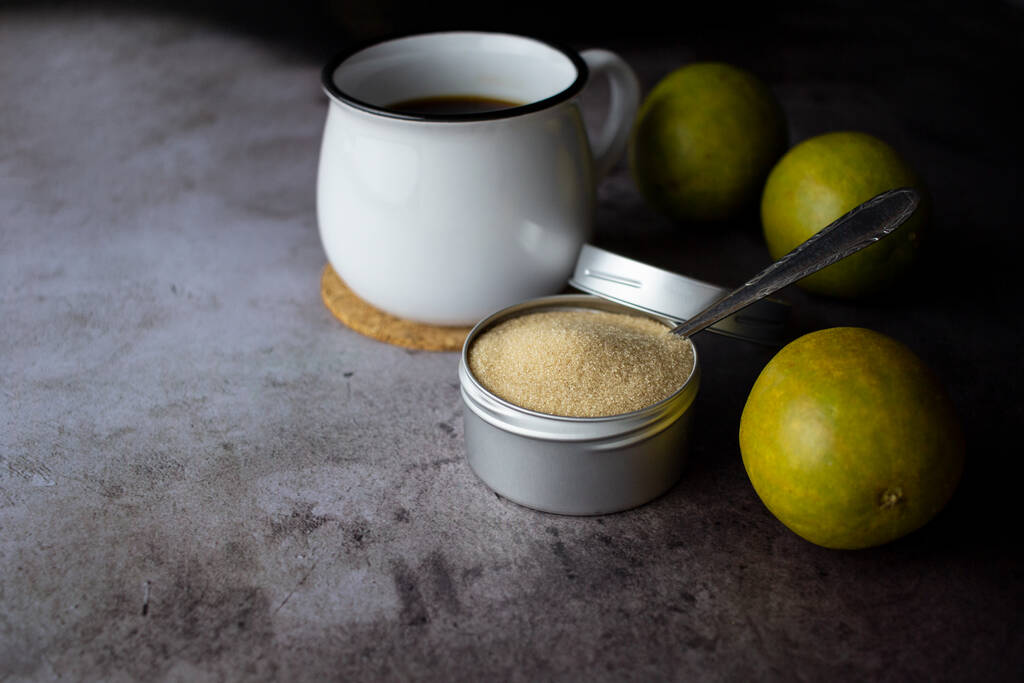Sauces, dressings or pickles – none of them taste sweet, but these foods contain a lot of hidden sugar. We will show you which foods are very sugary and what alternatives there are.
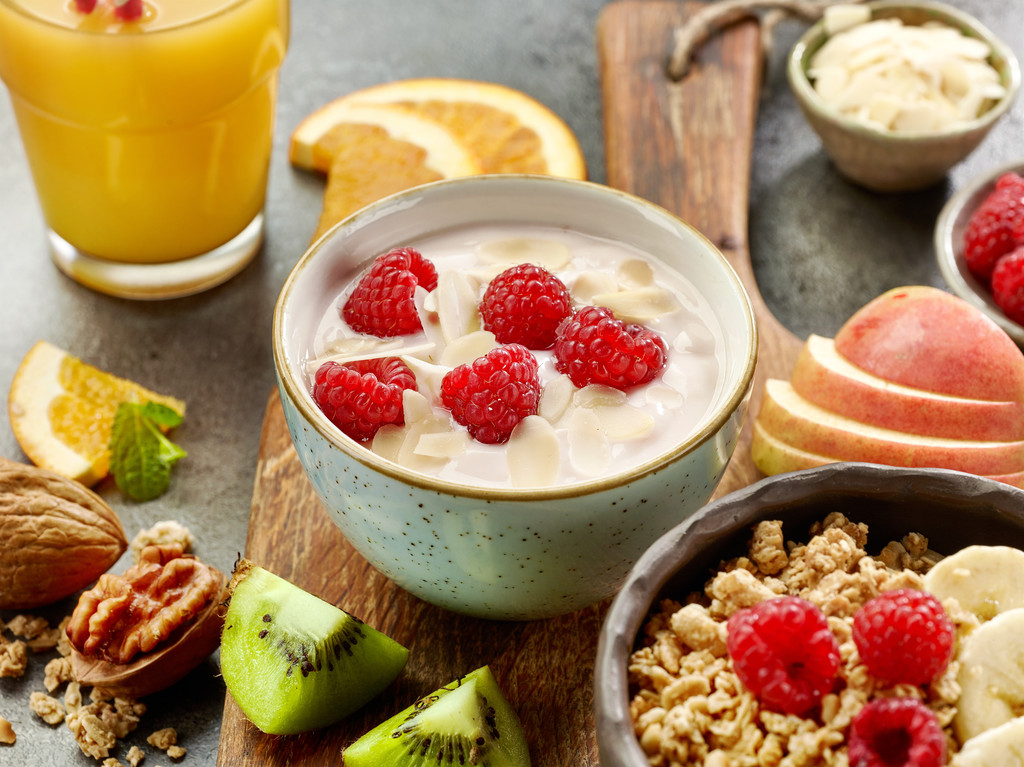
Sugar: That is the recommendation
According to Quarks, the body does not need the free sugar (e.g. in industrially produced foods and juices) to survive. Nevertheless, we consume around 30 kilograms per person per year. Recommendations from the World Health Organization (WHO) or the German Society for Nutrition (DGE) are only for maximum sugar intake.
According to the WHO, free sugars should account for less than five percent of the total energy intake per day. The German Society for Nutrition considers this information to be outdated and recommends covering a maximum of ten percent of the total energy intake with free sugar. With an energy intake of 2,000 kcal/day, this corresponds to 50 grams. However, there is apparently no need to limit the sugar found in fruit, vegetables and milk.
Eating too much sugar increases the risk of obesity, type 2 diabetes mellitus, cardiovascular disease and cancer. In addition, sugar attacks the teeth – by providing the caries bacteria with the food they need.
Too much sugar: There is hidden sugar in these foods
The consumption of sugar in Germany is far above the recommendations, writes the DGE. This also has to do with the fact that many are not aware of the foods in which sugar is hidden. Here is a list of foods:
1. (Fruit) yoghurt: a sugar bomb
Sounds healthy, but it’s a real sugar bomb: “There are six sugar cubes in 150 grams of fruit yoghurt,” warns nutritionist Matthias Riedl from Hamburg. The same applies to fruit quark, fruit buttermilk or probiotic drinks (e.g. Actimel). If you want to eat healthily, you may even be wrong, because low-fat yoghurt often contains additional sugar. Then it tastes more like a full-fat yoghurt.
The alternative: Antonia Wiedekind, ecotrophologist from Landau in der Pfalz, advises: mix natural yoghurt or natural quark with fresh or frozen fruit. However, frozen fruit must not contain any added sugar. The same applies to canned fruit or packaged fruit such as dried mangoes or cranberries, which often contain added industrial sugar in addition to fructose.
2. Juices and smoothies
Fruit is healthy – but not in every form. “The largest proportion of purchased smoothies is usually apple juice or another fruit juice with a high fructose content,” explains physician Riedl. Fruit juices with fruit juice concentrate or nectar often contain additional sugar. As a rule of thumb, Wiedekind summarizes that fruit should generally be eaten rather than drunk.
The alternative: If you don’t want to do without the smoothie, you can mix a green smoothie with herbs and vegetables such as spinach or lamb’s lettuce. Or with fruit that contains less sugar.
Otherwise we recommend: water with herbs, ginger, pieces of vegetables or fruit. This not only gives taste, but also looks pretty.
3. Sauces, dressings, dips
Ready-made dressings are great: open the lid and pour into the salad. But wait – take a look at the packaging first: “Sugar is almost always added to ready-made dressings, often in the form of glucose syrup,” reveals Riedl. Ultimately, you pour sugar on the green leaves. The same applies to packet soups, ready-made vegetable broths, sauce thickeners, barbecue sauces, ketchup or ready-made dips.
The alternative: It is always best to do everything yourself as far as possible: Wiedekind recommends home-made salad dressings and broths with fresh herbs or quark dips for finger food.
Cream cheese or quark mixed with herbs and vegetables is also a delicious substitute for ready-made spreads, says Carolin Hauck from the Institute for Nutritional Psychology at the University of Göttingen.
4. Muesli and cornflakes
Many people start the day with muesli and think they are doing something good for themselves. But nutritionist Wiedekind advises caution. “There’s a lot of sugar in sweetened cereals and cornflakes,” she says.
And Hauck adds: “The seemingly healthy muesli is often more of a dessert than breakfast, considering how many sweet ingredients many of the packaged mueslis in the supermarket have.”
The alternative: mixing your own muesli with unprocessed cereal flakes and spices like cinnamon and nuts. A handful of nuts are part of a healthy diet anyway.
5. Delicatessen salads and vegetables in a glass
Sometimes you just don’t feel like cooking, so you grab a can or a jar of almost ready-made food: a packaged herring or coleslaw, maybe a jar of pickled red cabbage, corn, or beans. Not a good idea, says nutritionist Riedl.
“Vegetables in a jar, especially red cabbage, contain a lot of sugar.” The same goes for gherkins in a jar. Fish or coleslaw from the pack or from the fresh food counter also contain additional sugar, he warns.
The alternative: You are on the safe side if you use fresh vegetables or frozen vegetables without cream sauces. And: “If you simply prepare your salad yourself, you always know exactly what’s in it,” says Riedl.
6. Ready Meals
Most people realize that a currywurst out of a pack or a frozen pizza is not particularly healthy. However, it is less well known that ready meals often contain a lot of sugar. The problem is that the manufacturers use some tricks to hide the sugar, says Wiedekind.
For example, it is camouflaged as “fruit sweetness” or hidden behind foreign words such as glucose, lactose, dextrose, sucrose, raffinose, maltose or fructose.
The alternative: rely on natural food – cook a lot yourself. Maybe even make your own pizza, ideally with wholemeal dough and specially chopped tomatoes seasoned with herbs. “Basically, the more natural a food is, the better,” explains Riedl. It’s worth paying attention to. Because if you don’t eat that much sugar with your main meal, you can treat yourself to a piece of chocolate or a light dessert afterwards.











